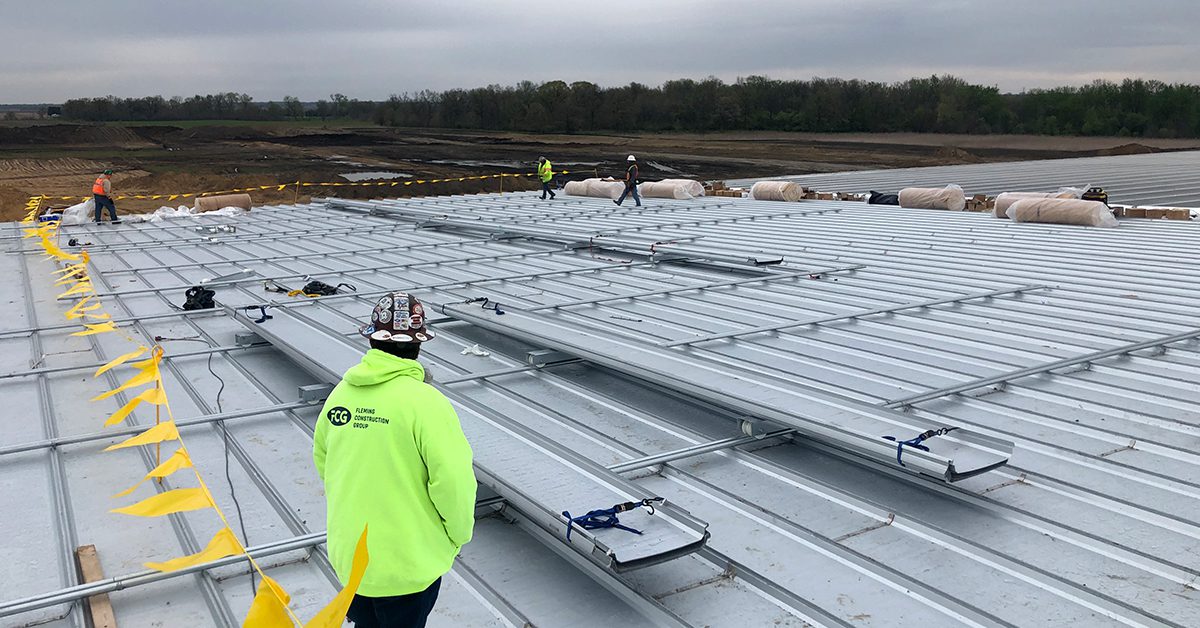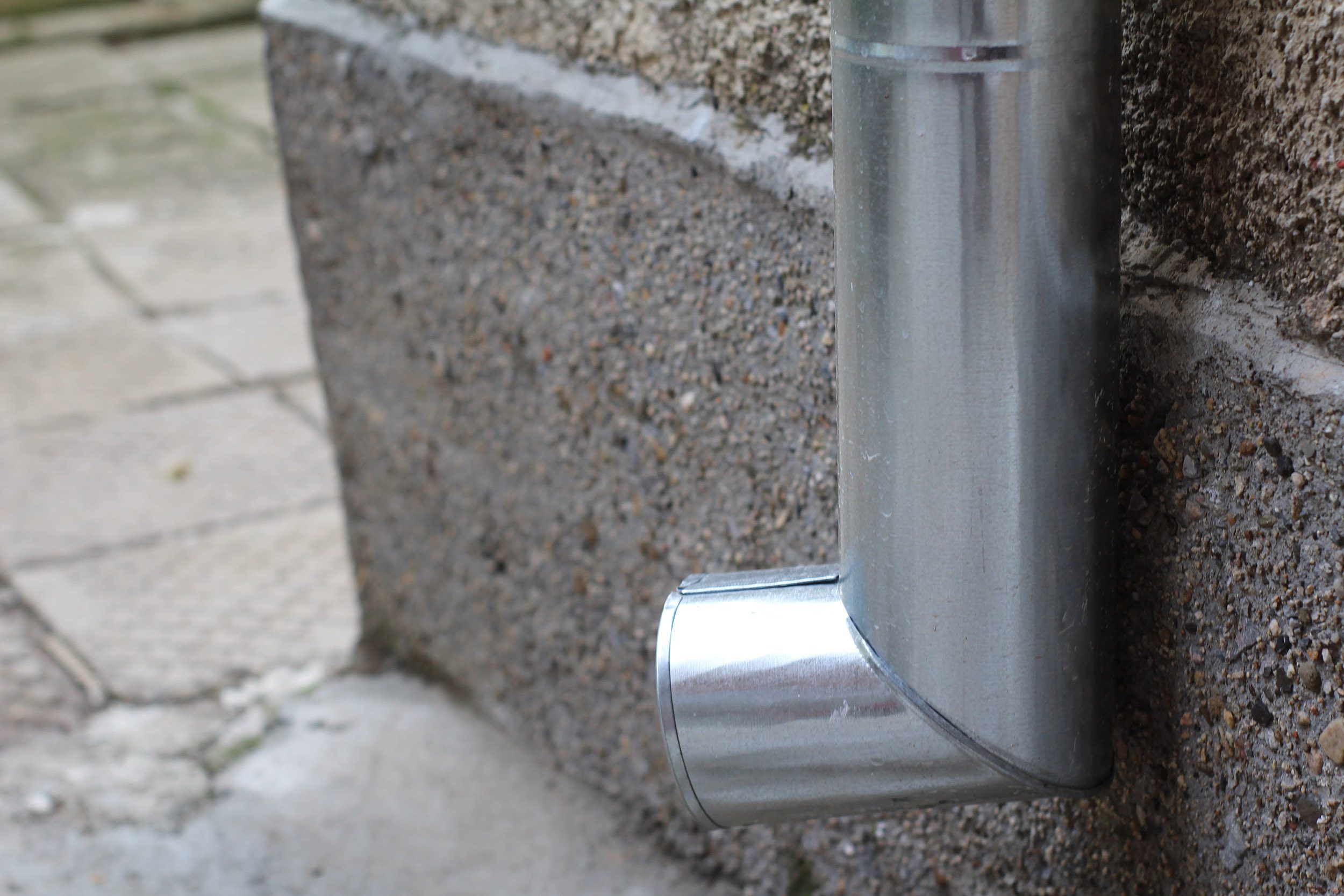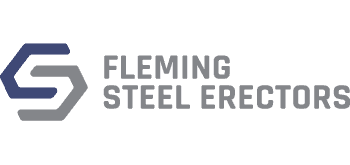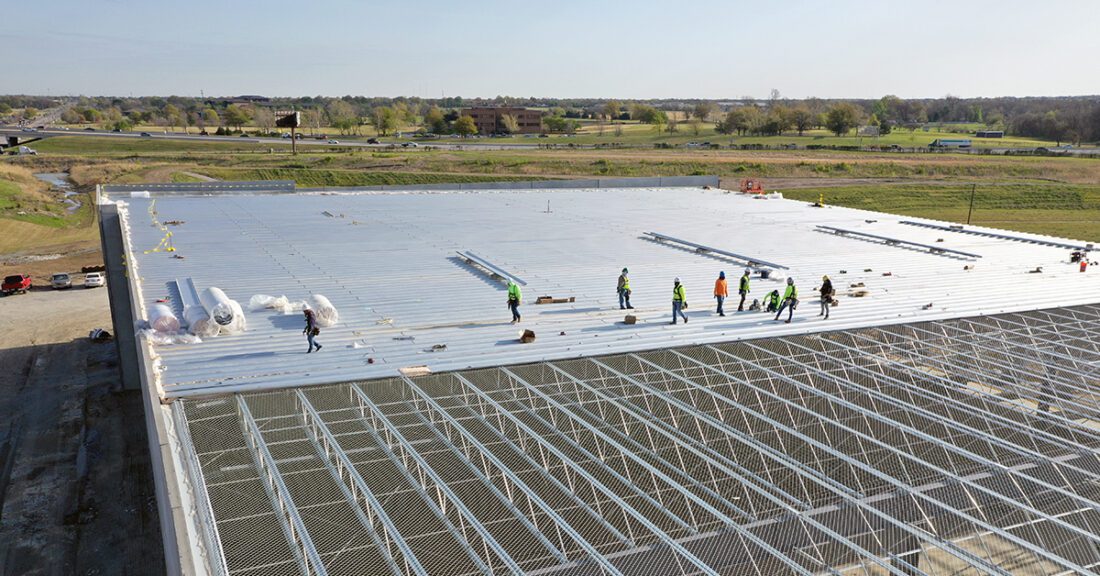Roof Maintenance: Your Summer Checklist
The roof on your commercial or industrial building is one of your most important assets. If it fails, lots of other assets could be ruined too. Use the time now, while the weather is good, to uncover problems before they become emergencies.
Every building owner knows that the cost of a roof can be astronomical. So why do so many owners neglect this most important asset?
Perhaps because the roof is so seldom seen. It’s out of sight, out of mind, and there are always more urgent needs screaming for attention.
But some preventive care now can save you lots of grief and money later on. Every roof should be inspected at least annually. And right now, it’s summer—the ideal time to take care of the roof you and your staff depend on every day. The harsh winter weather will come soon enough. As the saying goes, carpe diem!
With that in mind, below is a guide to help you protect one of your most important investments—your roof.

The Type of Roof Determines the Types of Issues to Watch For
All roofs are subject to certain hazards. Leaks are the most obvious problem to watch out for. Beyond that, problems differ depending on the material used.
Asphalt can deteriorate with heat and weather, losing granules and exposing the roof to the elements. It is also vulnerable to cracking, warping, breakage, and punctures.
EPDM (ethylene propylene diene terpolymer) is a synthetic rubber coating that is sometimes applied as a membrane, especially on low-slope roofs. It is durable and, when installed properly, offers protection from water. But it can also be easily damaged and is subject to shrinkage under certain conditions. So, it must be inspected often and repaired when necessary.
Metal costs somewhat more than asphalt but avoids many of its hazards. Metal is more durable, less susceptible to impact or wind damage, and is obviously fireproof. It’s also 100 percent recyclable. Metal roofs can last more than 50 years with very little maintenance. They reflect the sun’s radiation efficiently, which can save up to 25 percent on energy costs. Metal roofs can withstand winds higher than 140 miles per hour—the equivalent of an F2 tornado. And they resist uplift, reducing the risk of water intrusion. Because metal roofing is not as vulnerable to the summer heat as asphalt, it may be your best option iIf you live in a high-temperature region.
But even metal roofs can experience problems. Sometimes it’s something as small as the polyurethane washers under the panel fasteners. They can deteriorate–often unseen–and allow water into your structure. If those fasteners become exposed, that can also lead to problems. Scratches from dropped objects can also compromise the integrity of your metal panels. These are the types of issues professional roof inspectors are trained to detect.
It all boils down to this: Getting an annual roof inspection is simply a wise use of your capital.
What About Rust?
Metal can oxidize. This is why metal roofs are installed with rust-resistant coatings, which can be reapplied as needed, usually every five years or so. Since metal roofs are remarkably strong, this is often the only regular maintenance they require. Galvanized steel employs a protective alloy coating made of zinc oxide, which is then finished with resin for a smooth, shiny appearance. Galvalume is another popular coating composed of aluminum, zinc, and silicon that resists corrosion, especially in hot or moist environments.
When Rust Is Good!
Some metal roofs are actually designed to rust. When a rustic esthetic effect is desired, weathering steel provides just the right look. This ingenious innovation employs a top coating of copper, phosphorous and silicone that rusts, producing the weathered appearance that many modern commercial builders seek. The top coating actually protects the steel underneath, which doesn’t rust.
If the higher cost of a metal roof seems prohibitive, it’s worth remembering that it can also reduce insurance premiums—not to mention last much longer than asphalt.

Where to Check Your Commercial or Industrial Roof
For any roof, certain areas are particularly vulnerable to leaks. Here’s a partial list of areas to check:
- Near chimneys
- Heat vents
- Flashing
- Around gutters
- Skylights
- Near pipes
- Around air conditioners
- In low spots or valleys
What to Look For on Your Commercial or Industrial Roof
- Punctures or penetrations
- Cracked shingles (asphalt)
- Loose flashings
- Exposed or loose fasteners
- Large scratches
- Chemical corrosion (metal)
- Material shrinkage (especially roofs coated with EPDM)

Things to Do Regularly to Protect Your Commercial or Industrial Roof
You can extend your roof’s life significantly simply by checking the above items from time to time.
In addition …
- Make sure all gutters, downspouts and drain boxes are kept free of debris.
- Look for and remove tree branches and other objects touching the roof.
- Remove moss, lichens, and accumulated dirt.
- Remove tree limbs overhanging the roof that could cause damage.
Letting the Pros Handle It
When it’s time to inspect or repair your roof, you shouldn’t cut corners. Training and experience are critical in this area. A seasoned professional will be able to spot potential risks as well as current problems, and recommend the best course of action..
So—take care of your roof. After all, it’s been taking care of you!
At Fleming Steel Erectors, we’ve found the Butler MR-24 Standing Seam Metal Roof to be unequaled in durability, convenience, and cost-efficiency. The most innovative aspect of this roof is its gable trim system, which employs a top trim piece that is fully seamed into the roof panel, along with a bottom piece that attaches to the wall. These two pieces come together in a slip joint that allows the whole assembly to travel with the roof panels as they expand and contract.



